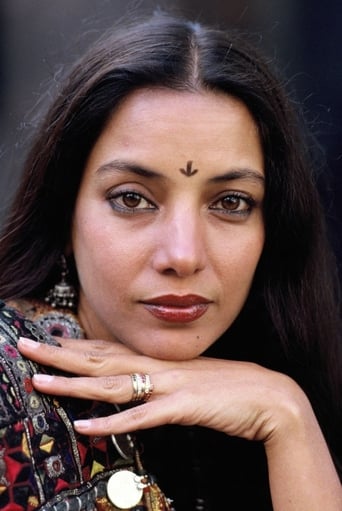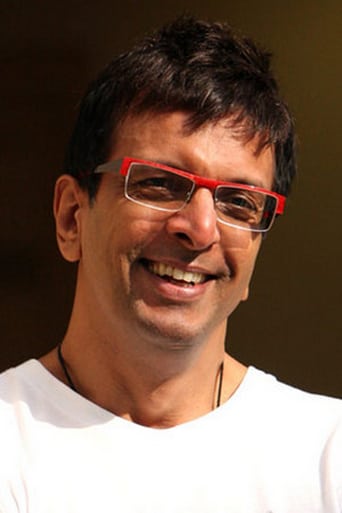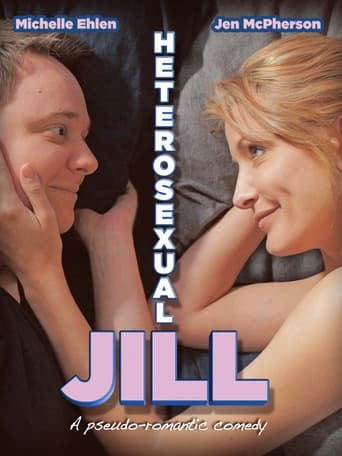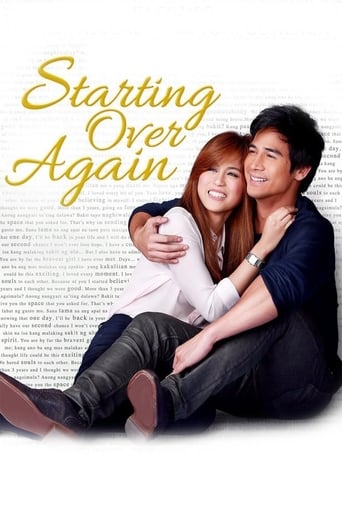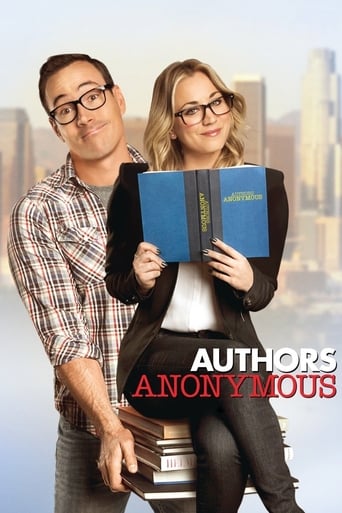

Fire (1997)
In a barren, arranged marriage to an amateur swami who seeks enlightenment through celibacy, Radha's life takes an irresistible turn when her beautiful young sister-in-law seeks to free herself from the confines of her own loveless marriage.
Watch Trailer
Cast


Similar titles
Reviews
Memorable, crazy movie
I'll tell you why so serious
This is a must-see and one of the best documentaries - and films - of this year.
This is a coming of age storyline that you've seen in one form or another for decades. It takes a truly unique voice to make yet another one worth watching.
There are many plot points which were easy to see coming, which is the fault of the screenplay by Mehta. But the film is far too suffused with politics to approach greatness, even were it better written. It is not as overtly preachy and hammy as Brokeback Mountain, but it does make excuses for its adulterous lesbians, just as the Hollywood film basically makes heroes out of lying lowlife bastards. As example, while Jatin is certainly a fool and cheater, and Sita owes him no allegiance, the same cannot be said of Radha, for Ashok is certainly a devoted and loving husband. If she was not getting what she wanted, it was her right and duty to speak up and demand change, or leave with honor. His response to her barrenness may have been silly and wrong, but it was not accomplished without her complicity. Radha, in this sense, is the villain of the film, for while Jatin is a letch, he is shown as utterly void of depth. Mundu is a slimebag, but an insignificant little bug. But Radha has the ability to think and choose. She does not merely fall into her relationship with Sita, she chooses its deceptions over her first allegiance to her husband. If she wanted out or change, she should have spoken up, for the energy and will she displays in leaving him could have earlier been displayed within her marriage. Thus, she is an agent of the ill that befalls the family, not a victim, the way the naïve and forcefully betrothed Sita is.The other aspects of the film are well done, such as the musical soundtrack by A.R. Rahman, and the cinematography by Giles Nuttgens, but nothing that approaches greatness. The DVD, put out by New Yorker Video, has the 108 minute version of the film, and is shown in a 1.85:1 aspect ratio. There is no audio film commentary, but there is a theatrical trailer, cast profiles and production notes, and a documentary on the controversy the film caused in India, which led to its banning. All in all, it shows Indian culture in a very silly and puerile light.That said, the film, aside from its objective artistic flaws, also suffers from an insular take on its culture. To the non-Indian, as example, there are many political points meant for Indian society, alone, that are lost outside that milieu, and without these touchstone hot buttons as references, the film's political relevance fizzles- the best example being Sita's and Radha's names being based upon Hindu goddesses, and Sita being purged by fire- although in the film it is Radha who is purged by fire; a point Indian film critics lash out at, but which seem silly criticisms to foreign ears. Yet, ultimately, what causes Fire to only reach passable mediocrity as a film is the more immanent artistic flaws of screenplay, characterization, and political imposition. It is a film that is solid, but nothing worth viewing a second time, save for glimpsing the two gorgeous lipstick lesbians. Not that that is a bad thing, of course, but why not try Penthouse, instead? At least there you won't be subjected to puerile political statements.The film is the first of a trilogy of films, and was followed by Earth and Water, which seem to be less 'controversial,' as well as less pointedly provocative. Whether or not this equates with a genuine upgrade of the art is something to be seen, but there is potential here. It's just that Mehta's desire to make a cogent statement so overwhelms her desire to make it endure to future generations, and outside its natal setting, that this film fails. Rein that in, and she has the makings of an artist of consequence. I'll be watching.
Fire is really just a 'Bollywood' film for people who don't like Bollywood. I've seen three films from India: Lagaan, Raja Hindustani and this one and let me tell you that Fire is oh so very different to the other two but this is not a criticism. Indian cinema prides itself on long, epic, large scale films that are full of colour, dance, music and wide, epic outdoor scenes; Raja Hindustani and Lagaan both have all of these conventions and at just about three hours long each, you certainly get plenty of time to realise it. This is where Fire is different. At 108 minutes, it's considerably shorter; most of the scenes are indoors and each scene only has a maximum of about three people in it. This twinned with the fact there are no song or dance numbers, a lesbian relationship forms and almost every Bollywood convention is ignored, Fire truly is one hell of a rebel Indian film. Maybe the fact it was co-produced by Canada had something to do with it? I always enjoy watching a non-USA or UK film every once in a while; it reminds me that there is film beyond Hollywood and English speaking people. I would not say that Fire is a bad film but it is the worst of the three Indian ones I've seen. When I first saw Lagaan, I was a little confused by but still intrigued by Indian film; when I saw Raja Hindustani a few years later, I was then aware of what Indian cinema did and what it was Fire is not Indian cinema, it is a character relations film that centres around drama, love and Indian tradition being broken; both in the film and in the script.Fire is still very well made; its attention to character and their relationships with other characters is fascinating. One male has a problem with his father and his wife to be while another female doesn't want to marry yet is bossed about a little too much for her liking there is even room for a crippled old lady who communicates through bell ringing. The way the film flips back and forth telling us these people's stories and showing us what they do, who they're speaking with and such give us a real chance to identify with them and get to know them.There are numerous examples of modernity trying to break through Indian tradition in the film. I've already established that this isn't a typical Indian film but what it does plot wise and speech wise is more interesting. One scene includes a young girl wearing a top that bares her chest, when she goes downstairs the elderly cripple sees her and rings the bell in annoyance she shouldn't be dressed like that but this is India 1996, not India 1956; it's modernity trying to push through. Another scene is where one male defies his father over wishing to be married off in an arranged marriage he's in love with one woman (non-Indian) and merely enjoys the company of his to-be wife. Usually in a circumstance like this, I expect the woman to stand up and not wish to marry but again, Fire plays with what it should be and ends up something else which is refreshing.As events unfold, a gay relationship forms and scenes of kissing and masturbation are included at various points (though not at once, obviously). Fire also uses clever film techniques such as lighting to display character's moods. The lamp shade in one dimly lit bedroom scene creates distorted rays of light on one girls face as she contemplates the fact she may be gay distorted light = distorted feelings and it works well. There is also an atmosphere of dread and foreboding as the film wears on and the secret becomes more unbearable.Fire is an impressive film but it is too breakaway for me to really like. It pulls off several film techniques to good effect but if this was American produced starring white people talking English, would anybody care? This is certainly not the Indian cinema I expected if Indian directors want to make breakaway films like this then travel to the west and make them, don't produce them through India because it makes them look better than they actually are and you never know you may inspire every Indian director to do so. Where would popular Indian cinema be then?
The thing which makes "Fire" even more appealing to watch apart from its magical artistry, is its touch of femininism and rebellion. To my mind, the very character played by Shabana Azmi is a symbol of the Indian feminine protest against the Indian society. The name of the movie and the scene when Radha walks through flames in her kitchen are symbloic of Hindu Mythology's Lord Rama's wife Sita's walking through fire for the proof of her immaculacy, as per the same narrative which appears in the film too. The film could be a great inspiration for women, particularly those in the subcontinent, to search for their liberties and to attain control of their lives.
First of all, I love this movie. Mostly because I think sexuality is vague issue here, it's instead the idea of loyalty vs. personal fulfillment being explored. Yeah, I think the idea that a 'bad' husband drives a woman to another woman is a lie, but it did not hinder my enjoyment of this film simply because it's deeper than that. I saw sexuality being precisely hetro or homosexual challenged here. The friendship could have stayed an emotionally fulfilling friendship, but it doesn't. It matures into sexual attraction and a physical relation ship. Why? I do believe, with Sita at least, she never seemed satisfied with her husband. And only wanted to make the best of it because she seemed to just be trying to fulfill some idea in her head about how marriage should be (as she was raised to believe it should be at least). It doesn't help that her husband's true love (or is it true lust?) remains in his life, but I still never felt like there was ever any real love or attraction between them, unlike Sita's relationship with Radha. Yes, Sita was a lesbian from the beginning and at the beginnings of a sexual awakening. In her rigged upbringing she was able to repress those feelings, but the closer she gets to Radha - the harder it becomes. She wants that genuine connection to become more because it's a real genuine emotional and physical attraction. Radha on the other hand is a more complex character to figure out sexually, she loves her husband (it seems), but suffers from neglect because of a vow her husband took once it was clear children would not result from a continued physical relationship between them. But he seems to have taken this role to the next level, cutting off the emotional relationship along with the physical one. She remains loyal, as she feels she should, until Sita takes their friendship to the next level. As there are bisexual people who can fall in love with one person at a time, and that person can be either male or female So why can't Radha be bisexual? And that's what I find interesting about Radha, she fell in love with someone else and it was that simple. I found Radha, in particular, touched me as a character. Especially her confrontation with her husband before she can make the choice she makes in the end. So I think all in all, it's a beautiful love story. But maybe I suffer from seeing things simply. I also found the characters believably flawed. Everyone made mistakes in their relationships here, including the women. This is a story about two women who married into bad situations. That doesn't mean I believe their are no healthy family situations in India.



